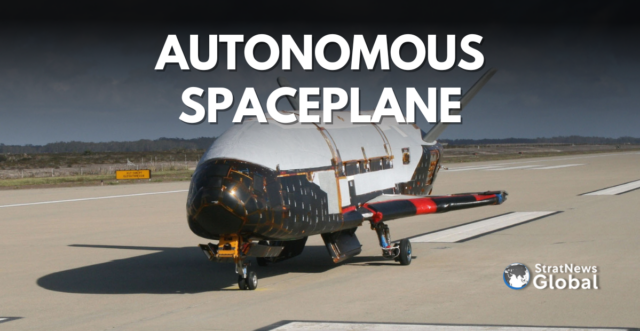China’s state-owned aerospace company, AVIC, revealed the nation’s first commercial uncrewed spaceplane, Haoloong-1 or “Sky Dragon,” at the Zhuhai Air Show on Tuesday. This cutting-edge spaceplane, still in development, is designed to supply the Chinese space station, aiming to reduce the costs of sending cargo into orbit. China Daily praised it as a “low-cost reusable cargo shuttle solution with Chinese characteristics,” reflecting China’s ambitious step towards more sustainable space exploration.
Key Features of the Sky Dragon: Low-Cost, Reusable, and Efficient
The Sky Dragon model at Zhuhai showcased the potential of spaceplanes as an efficient solution for repeated space missions. Spaceplanes, which enter orbit on a rocket booster and return to Earth as a glider, offer a promising design for reusable spacecraft. Unlike traditional capsules, spaceplanes can land on conventional runways, significantly easing the re-entry process and potentially reducing costs.
This new Chinese spaceplane could soon join the ranks of advanced reusable spacecraft, such as SpaceX’s Dragon capsule and Sierra Space’s Dream Chaser, which recently secured a NASA contract for orbital cargo transport. According to Jonathan McDowell of the Harvard-Smithsonian Center for Astrophysics, China’s Sky Dragon could serve as a stepping stone toward future crewed spaceplane versions.
China’s Expanding Space Ambitions and the Military Spaceplane Advantage
China’s space program has gained momentum in recent years, marked by the launch of its space station modules in 2021 and multiple crewed missions. In parallel, China has been discreetly operating a military spaceplane, similar to the US-operated X-37B. While little is known about its exact missions, analysts note the advantage of deploying and retrieving satellites from orbit, hinting at strategic military uses.
China’s entry into spaceplane development signals its commitment to establishing advanced space logistics and furthering its independence in space technology. As the Zhuhai Air Show continues, Sky Dragon’s debut reflects China’s ongoing efforts to innovate and compete in the global space race, with plans to make long-term contributions to its space station and beyond.
(With inputs from Reuters)
Research Associate at StratNewsGlobal, A keen observer of #China and Foreign Affairs. Writer, Weibo Trends, Analyst.
Twitter: @resham_sng





